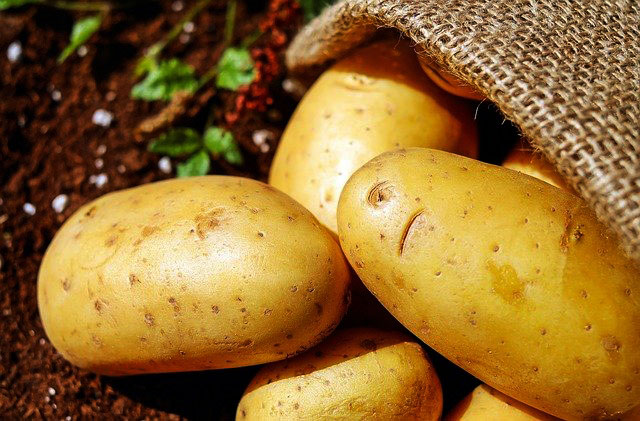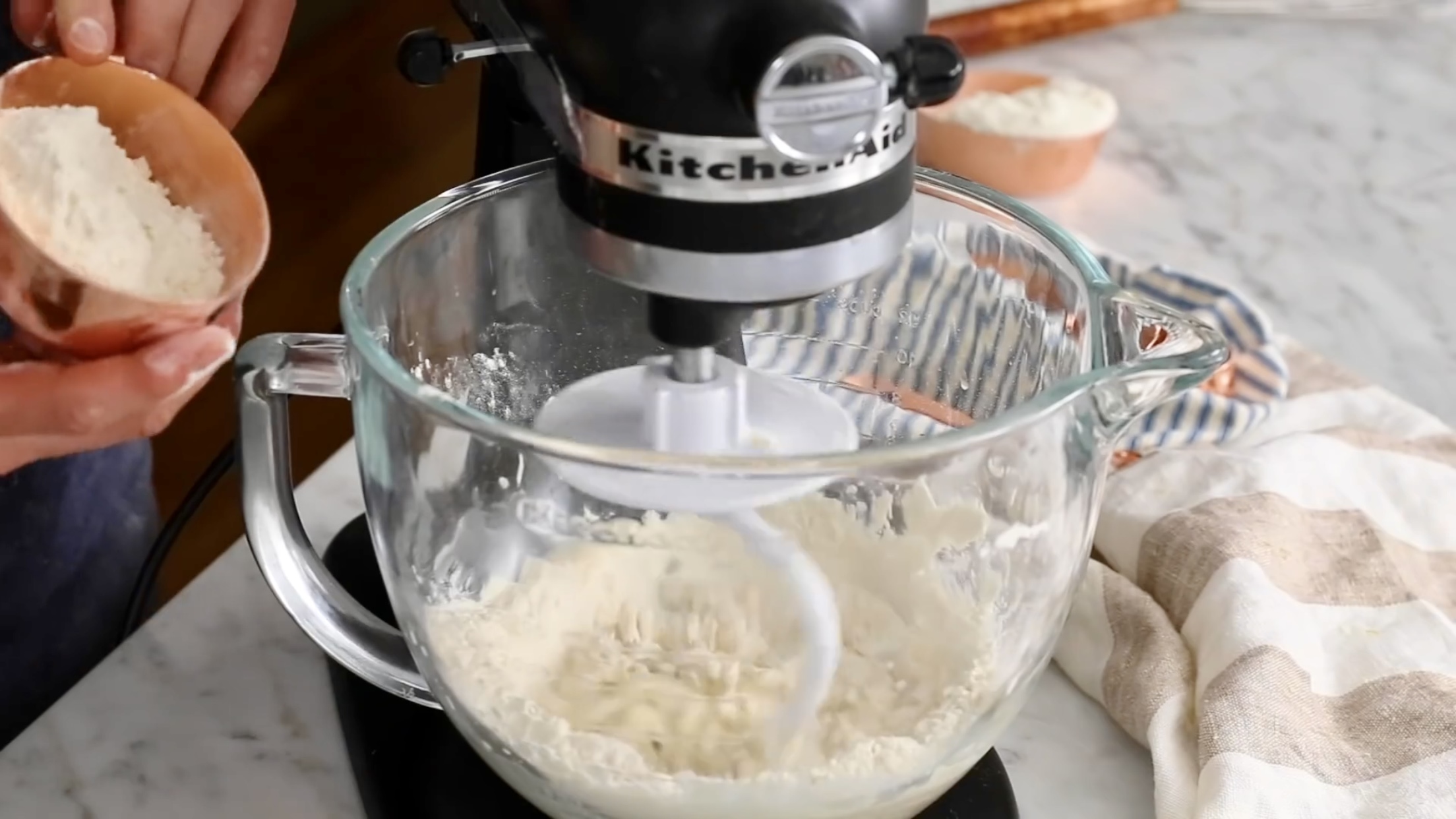Who declared 2008 the International Year of The Potato?
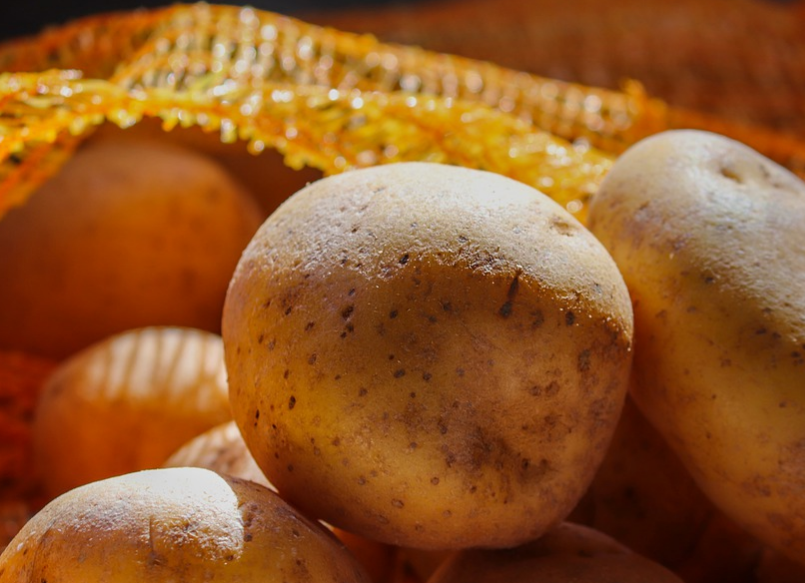
The United Nations declared 2008 as the International Year of the Potato. In 2007, the global potato industry was worth $350 million and played a significant role in boosting the economies of developing countries. To this day, potatoes continue to be an important crop for both nutrition and economic development. The Food and Agriculture Organization of the United Nations organized the International Year of the Potato and planned the events that would help accomplish its goals. International Year of the Potato focused on one issue—there was little knowledge about the importance of potatoes to developing countries. Poor communities in developing countries, including farmers, largely depend on potatoes for food and income, but a number of factors prevent them from fully benefiting from the potato trade. The celebratory year featured initiatives and events that meant to increase awareness and help developing countries profit from the potato economy. These initiatives included global campaigns, media outreach, and culinary events. In fact, many of Peru’s International Year of the Potato events were coordinated with indigenous holidays, to promote the potato-growing season and stimulate the local economy.
What Did the United Nations Hope to Achieve by Declaring 2008 the IYP?
According to the United Nations, the objective of the International Year of the Potato was to advocate for sustainable development of potato farming, as well as the potato industry as a whole. Additionally, the International Year of the Potato sought to increase productivity and consumption for both farmers and consumers. To celebrate the International Year of the Potato, the Food and Agriculture Organization of the United Nations supported global events, many of which involved Peru—the place of origin of potatoes. For example, a forum held in Cuzco, Peru, discussed how the potato economy has helped poor people in developing countries increase their livelihoods.
Peru also had an objective of its own for the International Year of the Potato, which was to promote potato consumption—which had recently decreased due to the popularity of other products—and help stimulate the economy for low-income farmers and communities. The Food and Agriculture Organization also helped the Peruvian government carry out this goal by increasing the availability of Peruvian-grown potatoes in the international market. Another important occurrence of the International Year of the Potato was the discussion of tariffs. For many years, developing countries had not benefited from the increasing potato economy because of unaffordable tariffs on tubers. This discussion involved various global organizations, such as the World Trade Organization, the European Union, and the United States government. The United Nations also tied many of the International Year of the Potato’s themes with World Food Day, which was focused on the “right to food.” This international day increased awareness about issues that were endangering the food economy, such as climate change, low productivity, lack of supplies.
Potato Fact Sheet
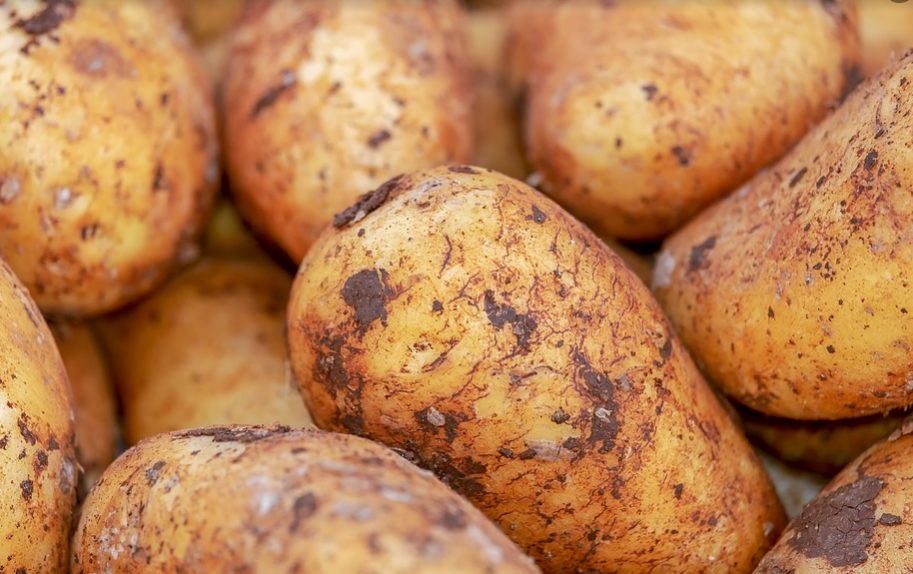
Where do potatoes come from?
Around 8,000 B.C., potatoes originated in South America—specifically in the Andes mountain range of Peru—where almost 4,000 varieties of potato species grow. The Peruvian Incan and Huari civilizations played a large role in developing the potato-growing process by innovating advanced technologies, such as the raised field, which elevated soil beds to align with water canals. This invention yielded 4 million tons of potatoes per acre. To these ancient civilizations, not only were potatoes important food staples, but they also contributed to everyday life. People even used them as clocks by measuring the cooking time of potatoes. Peru continues to produce more potatoes than any other Latin American country. In 1596, after discovering them in Peru, the Spanish brought potatoes back to Europe with them, where they became a widely popular, everyday crop. Over the next 40 years, potatoes spread to the rest of Europe, especially to Ireland, where they cultivated more than 40,000 acres of land to harvest potatoes.
The potato plant, Solanum tuberosum, grows around 40 inches tall. Once done growing, underneath the soil of the plant, you will find the tubers attached to the stolons, or underground stems. The potato plant belongs to the nightshade family, along with tomatoes and eggplants. A tuber is composed of approximately 70% water, 20% starch, and 10% other nutrients. The crop develops in four different stages. First, the seed tuber is planted. Then, the stems of the vegetable begin to sprout above ground. As the vines continue to grow, the first few tubers begin to appear underneath the soil. Lastly, more and more tubers grow until they are mature and ready to be pulled up. Farmers can grow potatoes on any soil that does not have alkaline or saline. The soil should be loose and aerated, which is why farmers must first prepare the ground before planting by removing any weeds. Water supply is one of the major keys to successfully cultivating potatoes. Farmers must maintain high moisture levels in the soil, and the plants can require up to 28 inches of water a day. The more water and moisture available to the plants, the more they are likely to produce higher yields of potatoes.
Tubers grow in various sizes, and as the potato plant dies down, it releases new tubers that will provide nutrients to the plant and allow it to eventually regrow and produce more tubers when the climatic conditions are suitable. Potatoes are known for growing during cool temperatures, which is why they are typically grown in the early spring or late winter. Although the potato is a low-maintenance crop that grows easily, farmers only grow potatoes about once every two to three years. This is because potatoes are susceptible to disease, and farmers must be careful to use the same patch of land frequently to grow potatoes, as well as other family members, such as tomatoes. This is called crop rotation. Not only must farmers regularly monitor for disease, they must also watch out for pests—especially the Colorado Potato Beetle.
Nutrition
The potato is a root vegetable that is full of vitamins and minerals that are essential for a healthy lifestyle, including vitamin C, manganese, and phosphorus. A naturally healthy food, a medium-sized potato is approximately 110 calories, with only 26 grams of carbohydrates, 3 grams of protein, and only 1 gram of sugar. According to Live Science, purple potatoes provide even more nutrients and antioxidants than the more common brown potato. A plentiful source of nutrients, just one potato contains 45% of the daily recommended value of vitamin C, 6% of the daily recommended value of iron, and 8% of the daily recommended value of dietary fiber.
Due to the large amount of vitamin C, potatoes are packed with antioxidants—a substance studied and tested for numerous health benefits, including digestion, cardiovascular health, cancer prevention, and blood pressure. Additionally, the fiber in potatoes may help lower cholesterol, and B6 vitamins contribute to maintaining neurological health, including preventing depression and stress. Other benefits to eating potatoes include boosting the immune system, promoting digestive health, and decreasing inflammation—especially in those who have arthritis. Potatoes are also a great food choice for athletes because the sodium and potassium that they offer help restore electrolyte balance.
Although potatoes contain many important health benefits, there are also numerous risks to eating potatoes—especially when overconsumed and cooked unhealthily. The good thing about potatoes is that they contain zero grams of fat. Unfortunately, they lack a good source of protein and contain starchy carbohydrates, which have a high glycemic index. Foods with high glycemic indexes are linked to high blood sugar, overeating, and ultimately unhealthy weight gain.
People consider potatoes a comfort food, which is why they often eat them as french fries or combine them with unhealthier condiments such as butter, sour cream, bacon, and cheese. The healthiest way to cook potatoes is to bake them in the oven or microwave because it results in little nutrient loss. Boiling potatoes, however, causes a major reduction in the potato’s nutritional value. Instead of boiling, consider steaming the potatoes to retain their essential nutrients.
The Potato Economy
Although they originated in Peru, potatoes are a principle farming product all over the world, especially in developing countries. Today, potatoes are an essential international crop that play an important role in sustaining the global food economy. According to Smithsonian Magazine, the potato is the fifth most important crop in the world—the others including sugar cane, wheat, corn, and rice.
According to the Agricultural Marketing Resource Center, potatoes are the no. 1 vegetable crop in the United States, with Idaho being the top-producing state. Other top-producing states include Washington, Colorado, North Dakota, and Wisconsin. In 2017, Americans used 1 million acres of land to harvest potatoes, resulting in a value of $4 billion. The United States, however, is not the country that produces the most potatoes—China is. Other countries that produce the most potatoes in the world include India, Russia, and Ukraine. Today, developing countries produce the majority of the world’s potatoes, at 52%. This has grown from 20% in just 20 years—which is a testament to the booming productivity of the potato economy. To this day, Peru continues to produce the highest amount of potatoes in Latin America.
The global potato economy, especially in developed countries, has seen an increase in the consumption of processed potato foods, rather than fresh foods—including potato chips, french fries, other snacks, and products for fast food restaurants. There are several reasons for this change, but ultimately, people are living fast-paced lifestyles and no longer prefer or have time to cook fresh ingredients. Additionally, the urbanization of developed areas has led to an increase of restaurants—both sit-down and fast food. According to the Agricultural Marketing Resource Center, in 2017, 170 million cwt of the United States’ potato production went directly to frozen processed foods like french fries, potato wedges, and hash browns. Although this was slightly down from 2016, it still shows the demand for processed potato foods, as only 114 million cwt of that year’s potatoes were cooked freshly.
Due to the increased demand for processed and dehydrated potato products, the global potato trade continues to increase—in fact, it’s doubled over the last 40 years. Still only about 6% of potato production is traded, and developing countries have not benefited from the potato trade as much as developed countries, mainly because they are importing more potatoes than they are exporting. Only a small portion of potatoes is traded due to the high expenses that come with the exportation, including the costs of refrigeration and storage. The trade is also regulated by numerous tax policies and tariffs that each country must follow to both import and export its potatoes.
How Do You Grow Potatoes
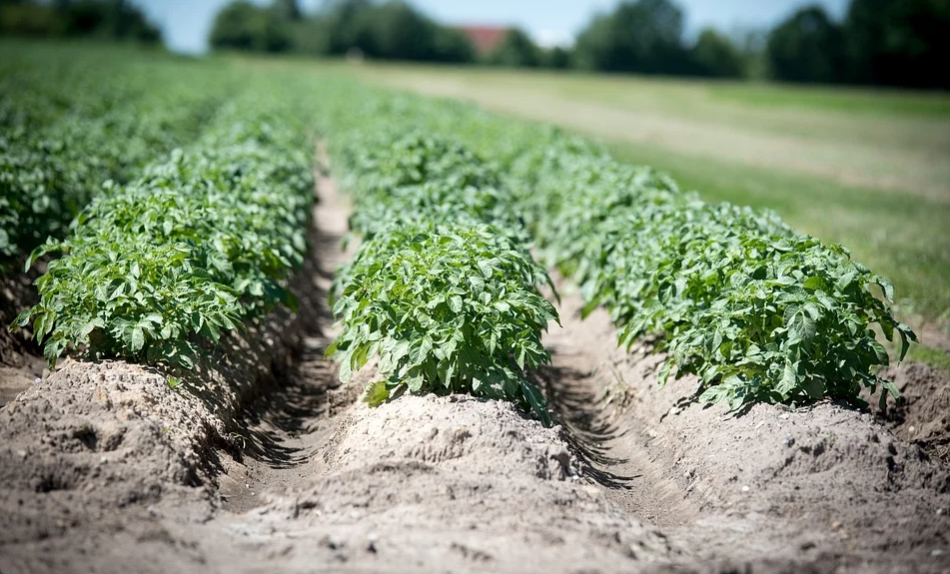
Even if you have minimal gardening experience, potatoes are an easy vegetable to grow—and with the right tools and instructions, you can do so in your own backyard. Whether you’re gardening as a hobby or to produce your own food, growing potatoes can be a fun way to learn something new and save money on produce. Many people opt to grow potatoes in their own backyards because they can control the gardening process and avoid harsh pesticides and unsustainable practices. Potatoes belong to the nightshade vegetable family, which means they grow underground in the dark. Not only is growing potatoes a simple process to follow, but you can also grow a large batch of potatoes at once. Depending on the size, one harvest can possibly provide a year’s worth of food for you and your family. For instance, planting one tuber can yield an average of 10 potatoes.
It’s also fairly inexpensive to grow potatoes because you don’t need to make any fancy purchases. In fact, to grow a smaller harvest of potatoes, you can use common household items, such as a plastic bucket or plastic trash can. However, this method may require closer attention and water. The most common and successful way to grow big harvests of potatoes and other crops is by using raised garden beds, which you can also build yourself. Raised beds are a great option because the tubers tend to prosper in environments that drain water well. No matter which method you choose, the instructions to grow potatoes remain the same.
According to Garden Design, there are three basic requirements for a successful potato harvest: plentiful sun, loose and fertile soil, and 1 inch of water per week. Choosing when to plant the potatoes depends on the climatic conditions of where you live—As a general guideline, plan to plant your harvest approximately one month before the end of the coldest season. The length of the gardening process depends on the size of the potatoes grown, but generally, small potatoes can take as little as 10 weeks to grow. For larger potatoes, allow up to 100 days.
Follow these seven steps to grow your own potatoes:
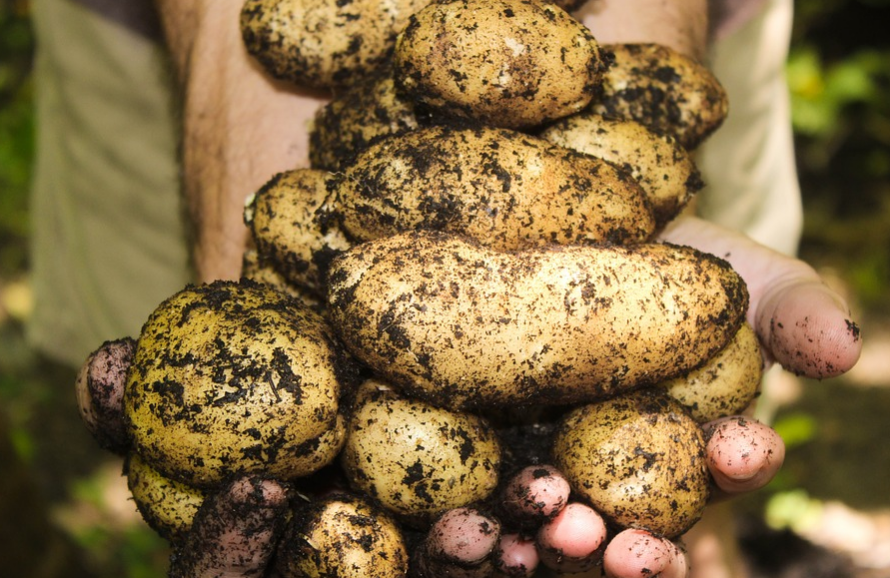
Step 1: Purchase the seed potatoes
Go online or check with a local farm store to buy certified, organic, and disease-free potato seeds. One tip is to purchase potato seeds that have already sprouted. If there are pre-sprouted potatoes available, allow them to sprout simply by letting them rest on the counter.
Step 2: Cut into smaller pieces
Before beginning, you must cut up any potatoes that are larger than a golf ball. You do not want to plant large tubers because the larger they are, the more space they take up. By having smaller, even-sized tubers, they will not compete for moisture and space. To prepare for gardening, cut the potatoes to allow about three sprout stems per piece.
Step 3: Cure before planting
Curing the potatoes is an important step for rot prevention. Take the cut pieces and lay them outside in the sun for three to five days.
Step 4: Plant your potatoes
After curing the potatoes, you’re ready to plant them. In your raised garden bed, create a 6-inch hole. With the cuts facing the ground and the sprout stems facing up, place each potato in the soil, about 12 inches apart. Take your preferred fertilizer and scatter two tablespoons of it between each potato. Finally, you’ll cover the fertilizer and potatoes with soil and finish by watering the soil. If you live in a warmer climate or are in a damp season, you can lightly cover each seed potato with sulfur powder to prevent them from rotting underground.
Step 5: Cover stems with soil
Potato tubers require an abundance of darkness to grow properly. By using the “hilling” technique, you will periodically cover the growing vines with soil, straw, mulch, or leaves. When the first vines have grown approximately 8 inches, fully cover the first 4 inches. Repeat this step as the vines continue to grow every 4 inches. When you notice that the vines have begun to flower, you can stop “hilling.” If you want to eliminate this step, instead of planting the potatoes 6 inches deep, plant them 9 inches down.
When it comes to watering the potatoes, you want to keep the area moist, but not overly wet. As the plants continue to grow around six to 10 weeks, you’ll want to increasingly monitor them to ensure that the water is reaching 8 to 10 inches below the surface.
Step 6: Begin to harvest
If you prefer baby potatoes, you can reach in the soil and pull the potatoes out as early as two weeks after the vines have flowered. However, you may want to wait until the vines have died, as that is an indication that the potatoes are fully mature. It’s important to remember to not leave harvested potatoes in the sun for too long, as the sun can turn them green and damage them.
Step 7: Store and enjoy
Potatoes are stored best in cooler temperatures—but be sure to avoid them freezing. After pulling out the tubers, let them sit on top of the soil for a few hours. Before you’re ready to store them inside, remove excess soil. You should store the tubers in covered boxes or bins that can also provide slight ventilation. If you want to keep gardening, it’s important to note that you should not grow potatoes or its family members, like tomatoes, on the same patch of land less than three years apart. This is in order to prevent disease. To continue using the same area, consider planting other vegetables, such as beans or lettuce.
Potato Blight Prevention
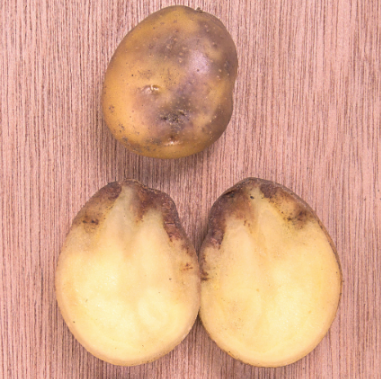
When growing potatoes, it is necessary to follow the steps to prevent Potato Blight—a fungal disease caused by the fungus Phytophthora infestans. As the primary cause of the Irish Famine in the 1840s, Potato Blight is the most detrimental issue that potato gardeners and farmers face, and it can also affect other members of the same vegetable family, such as tomatoes. There are several contributing factors that can cause Potato Blight, one being warm and humid weather conditions. Pay attention to weather patterns during your harvest to detect when Potato Blight is most likely to occur. Additionally, due to the international trade of potatoes, there are now more strains of the Potato Blight fungus, making it harder to control more than ever before. Potato Blight is hard to control—once one tuber is infected, the fungus will spread to the entire plot.
To monitor for Potato Blight, be aware of the signs indicating that your batch of potatoes has been infected. One of the first symptoms you will notice is dark brown patchy spots on the leaves. You can also tell if your potatoes have been infected by cutting them in half. Not only will the damaged potatoes release a putrid smell, but they will also appear rotted, brown, and misshapen. There are several tips to prevent Potato Blight. Do not use the same area of land to plant potatoes, and other vegetable family members, for at least three years. Additionally, when done harvesting your potatoes, ensure that you remove all potatoes from the soil. This reduces the risk of leaving behind any infected produce.

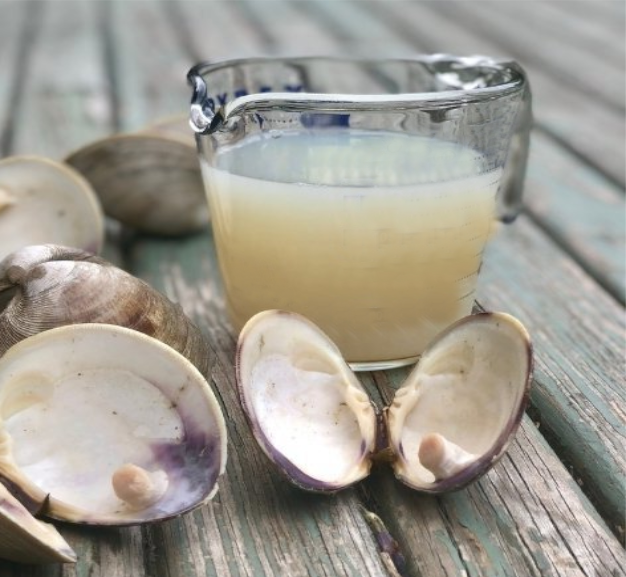


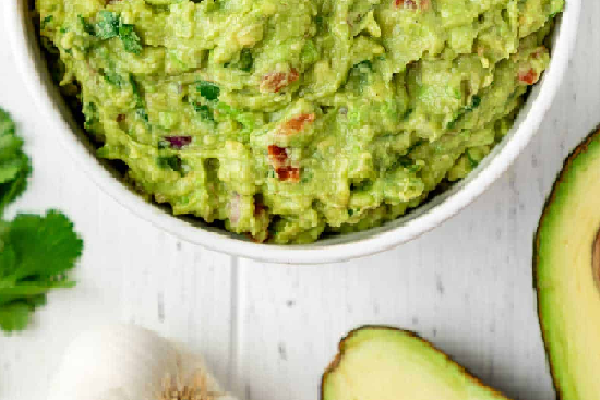









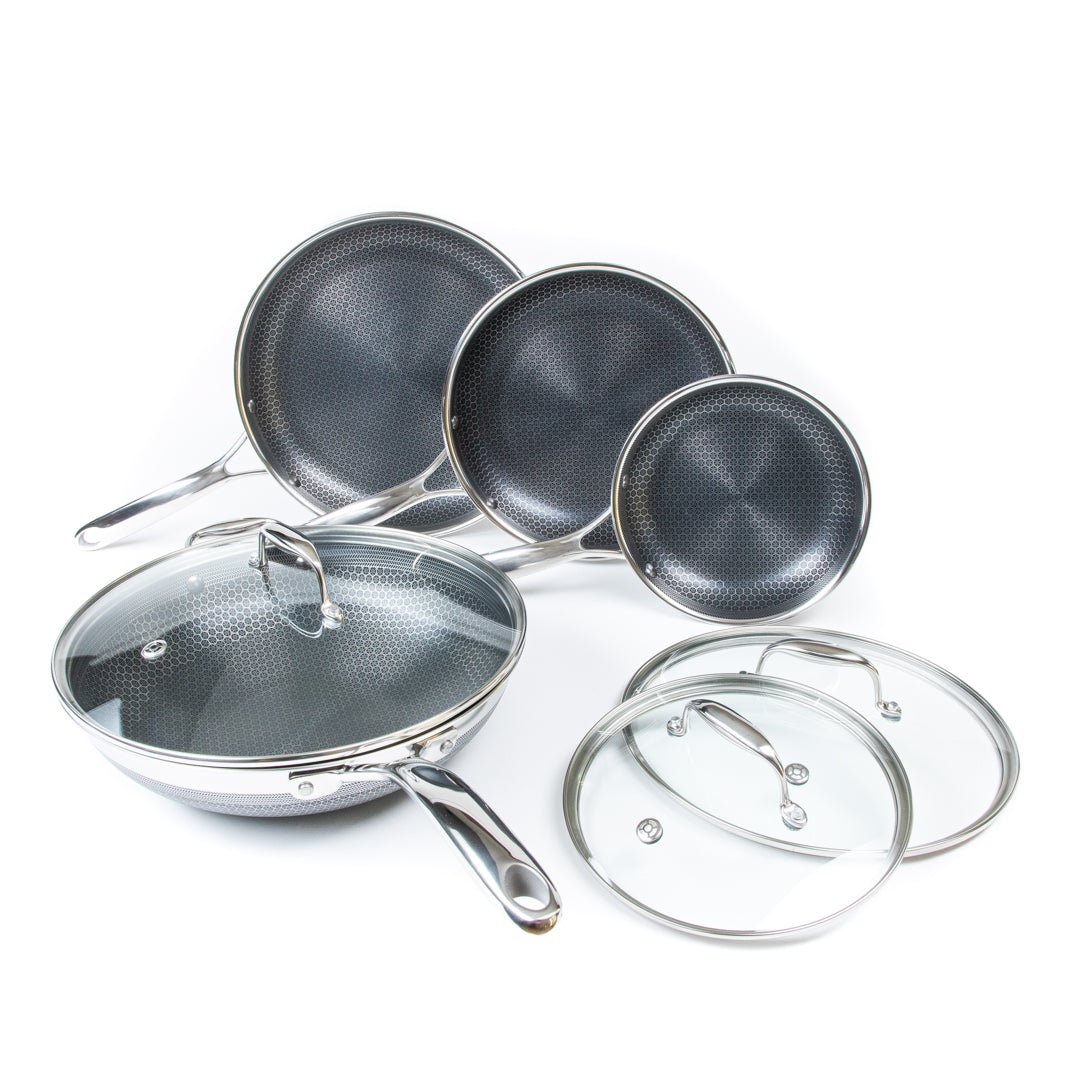


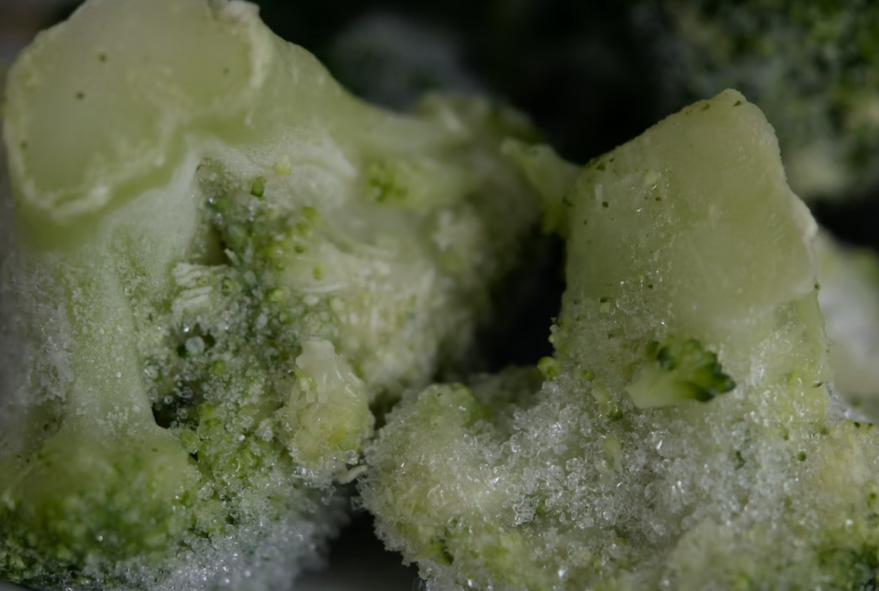

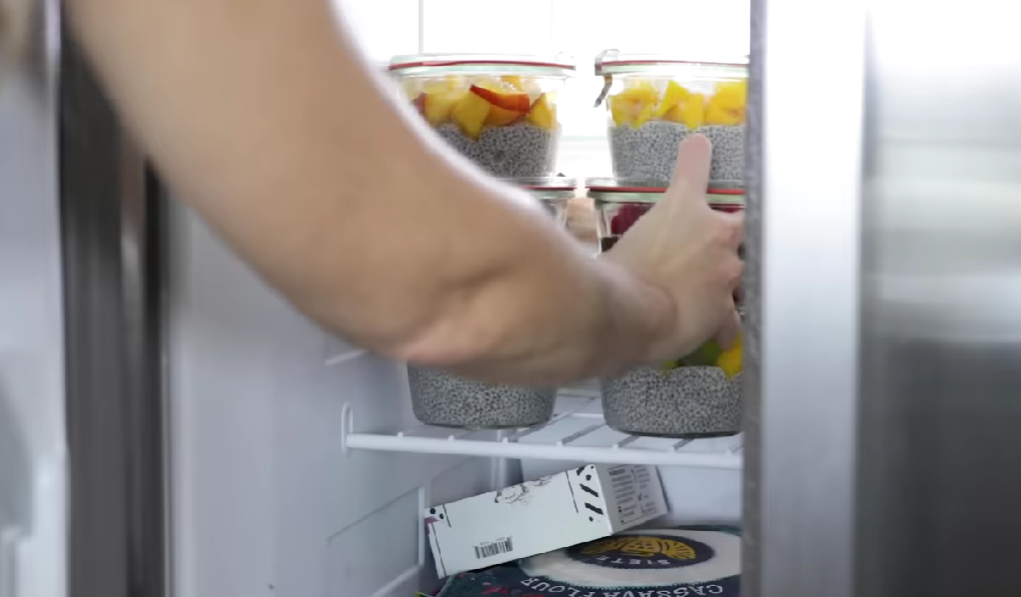

![Can you Cook Eggs in the Microwave? [Complete Guide]](/assets/images/c1f79d1cad59f18f9b5dc31403bd0eb2.png)

